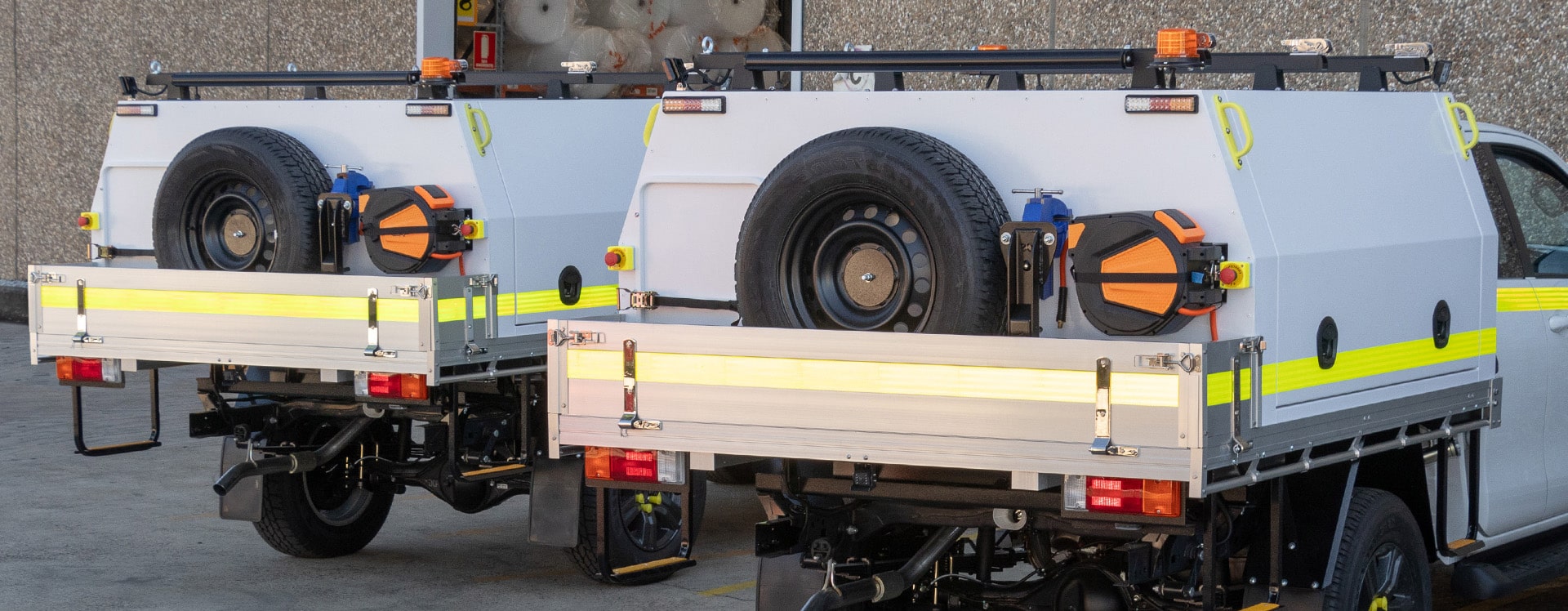FAQs
General Roof Rack
Firstly, do not take your vehicle through automotive washing stations with your roof racks installed! Hand wash the racks with soap and water. Do not use any abrasive materials. If in doubt check your product instructions.
Our high-end roof racks have been designed with rubber inserts to reduce noise and prevent whistling. Incorrect installation is the most common cause of noisy roof racks. Check your product’s instructions to make sure the rubber strips are installed correctly in the channels both topside and underside of your roof rack bars. The rubber inserts should be cut to the correct length and fitted inside the channel so there are no gaps. Lastly, ensure your end caps are installed and locked before driving. If you want to further reduce wind noise, there are several WIND FAIRING options which can be found on at www.rhinorack.com.au
In many cases, the roof racks will be compatible with the sunroof version of a vehicle. You should check if there is an “important note” on the roof rack system, as this will detail any considerations like sunroof compatibility. We recommend caution is taken when operating a sunroof with roof racks installed for the first time and be aware of how your cargo may affect the sunroof operation.
Regardless of who installs your roof racks you should check all bolts and fixtures are tight every 1000km and before every trip. Consider checking more frequently when driving on unsealed surfaces.
Many of our roof racks can easily be installed at home, however, we recommend some roof rack systems such as track mounts and backbones are installed at one of our facilities. Always follow the instructions and be aware some systems do not come with all the necessary tools for install.
- GSX ute canopy factory bars – 30kg per bar
- CMX ute canopy factory bars – 60kg per bar
- Canopy upgraded with Rhino Vortex bars – 75kg per bar
- Canopy upgraded with Rhino heavy duty bars – 100kg per bar
- For all other vehicle roof rack weight ratings please enquire at www.rhinorack.com.au or enquire with your local store for assistance
